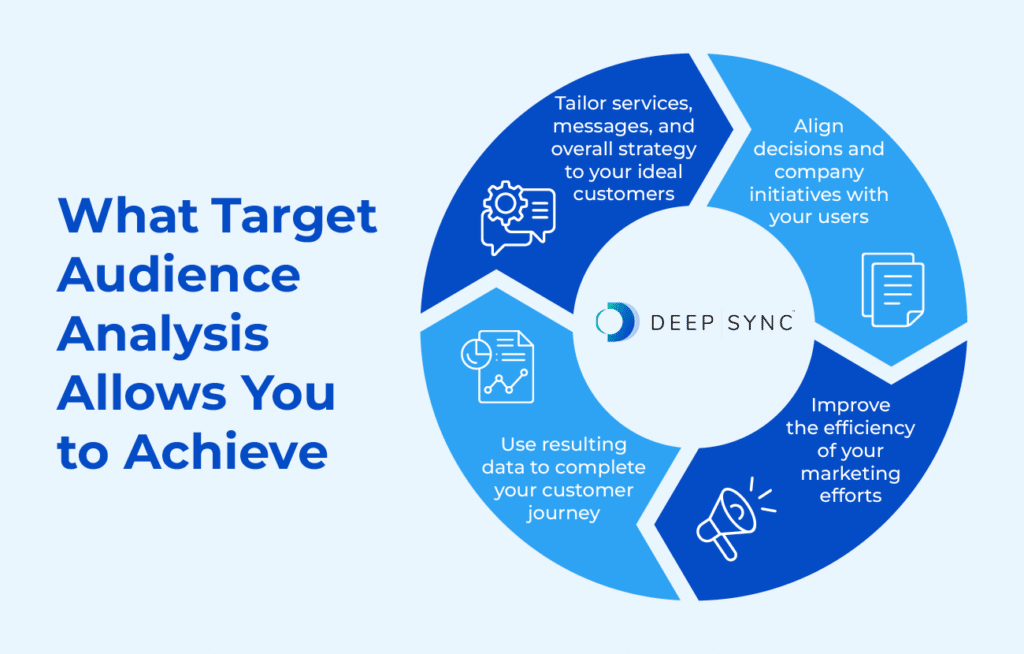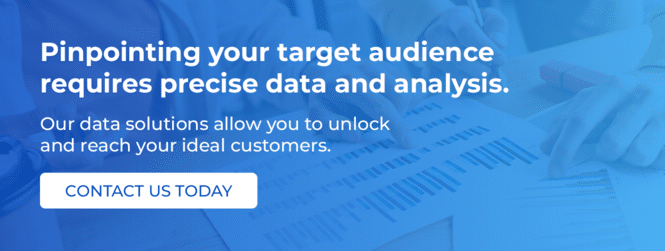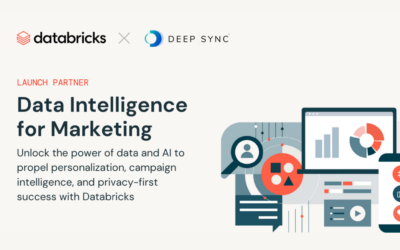At the heart of every successful marketing strategy is a thorough understanding of your target audience.
When you know your target audience, you’re able to create relevant, specific, and highly effective campaigns. But before you can run these targeted campaigns, you need to know who you’re marketing to. This is where target audience analysis, also called marketing audience analysis, comes in.
In this blog post, we’ll cover all you need to know how to analyze your target audience and how this process can benefit your business.

What Is a Target Audience Analysis?
Target audience analysis involves identifying and understanding the specific group of people that are most likely to be interested in your products or services. This group forms your target audience—the individuals your marketing efforts should focus on.
A detailed target audience analysis accounts for factors such as demographics, psychographics, behaviors, and needs to form a comprehensive profile of your ideal customers.
You’ll use a few essential data points in this target audience analysis to form a buyer persona. A buyer persona is a representation of your target market; it’s a template you can use to help other employees visualize who people in your customer base are.
Why Your Business Needs Target Audience Analysis
As tempting as it is to go all-in on a creative campaign, remember that creative efforts only work well when you keep your target audience in mind.
When you know who you’re talking to, you can tailor your services, marketing messages, and overall strategy to meet the needs and preferences of your ideal customers. It also informs your decision-making, so you can align your decisions and company initiatives with who your users are.

For marketing teams, having a clear picture of your target audience improves the efficiency of your marketing efforts. You can spend your time and money on campaigns you know will have a high ROI, and double down on those opportunities. Going deeper into their behaviors and interests can help you uncover even more insights.
Let’s say that you’re a fashion brand. If you know your target audience is in their late teens and early twenties, you can pinpoint where they might spend their free time and advertise your products there. Not only that, but you can also understand lifestyle changes that might become a purchase trigger. For example, a segment of your target audience will be entering the workforce soon. You can tailor a personalized content marketing campaign to promote office-friendly clothes that are as comfortable as the casual clothes they currently wear.
Often, data obtained from target audience analysis can be used to complete your customer journey so you can know what changes your audience needs to go through. You can do this by researching similar audiences, such as people from focus groups or forums your ICP might be in. You can also gather information from your current customers through a survey or an interview.
Completing a target audience analysis ensures that your campaigns and strategies are tailored to your audience. This will give you better insights into how you can prioritize your decisions, experiments, and campaigns more effectively.
How To Determine Your Ideal Target Audience
Identifying your target audience is not a one-size-fits-all process. Audience research requires time, resources, and a deep understanding of your business and goals.

Define Your Business Goals
The first step towards identifying your target audience is having a clear understanding of your business goals. It’s difficult to identify who your potential clients might be without clearly defined goals, much less the strategy you should use to grow your company.
Are you aiming to grow your client base? Increase revenue? Expand into new markets? Each of these goals has a significant impact on who your target audience will be and the strategies you adopt to reach them.
For example, if you’re a financial advisory firm trying to get more enterprise clients, you need to target the decision-makers of these companies. Tailor the marketing strategies you adopt and the messages you communicate to the pain points and desires of these decision-makers.
Your goal dictates many decisions down the road, such as the type of research you need to do, where to do your research, and the kind of campaigns you should employ to attract your target audience’s attention.
Ideally, your business goals will be measurable. You can use milestones, metrics, and KPIs, such as free-to-paid conversion rates or revenue, to track your progress.
Analyze Competitor Audiences
By doing some market research, you can gain a clearer understanding of the specific audience who might be interested in services similar to yours. This can be an effective way to know who you might be targeting and who your competitors missed—which in most cases is prime real estate.
Targeting people that are overlooked by your competitors is especially useful if your competitors are already established in the industry. By discovering who your competitors aren’t serving, you can get a strong hold on certain market segments.
You can use tools like Audience Insights on Facebook to find a wealth of information about your competitor’s audience’s demographic information, behaviors, and interests.
You can gather and analyze data about the age, gender, location, and lifestyle of your competitors’ audience. You can also gain insights into the types of content they engage with and the times they are most active on the platform. All this information can provide a more nuanced understanding of your potential customers and their preferences.
Test Target Audiences
Creating an audience profile is not a static process—it should be fluid and adaptable. Don’t be afraid to test different target audiences and refine your approach based on the results.
One approach is A/B testing, a method that allows you to compare the effectiveness of different marketing strategies across various audience segments. This process can provide valuable insights into what resonates with different demographic data and interest groups, enabling you to optimize your strategy accordingly.
Let’s say, for example, you have two potential target audiences for your new product: young professionals and college students. Through A/B testing, you could create two distinct marketing campaigns and measure each one’s impact on these distinct groups. The results of these tests could reveal that young professionals respond better to email marketing, while college students are more engaged through social media.
These insights allow you to tailor your approach to each segment, ensuring that your marketing efforts are as effective as possible. Remember, there’s no ‘one-size-fits-all’ strategy in digital marketing. What works for one audience may not work for another.
Be bold and experiment by testing different target audiences. The process may require some trial and error, but the insights and learning gained can significantly improve your business’s marketing outcomes and overall success.
Use Data Solutions
Data is an essential tool for businesses. The current landscape is advanced enough that there are already systems in place to help companies use data to create a better user experience and protect their customers’ privacy.
Tools like Google Analytics help you see the performance of your web pages and pinpoint messages that resonate best. Most ad managers also have a form of simple analytics to help you do this natively.
In addition, Deep Sync’s sophisticated data solutions can help you get deeper insights into your audience—allowing for a more accurate and effective targeting strategy. Audience insight tools like these help surface important datasets you can use to form your ideal customer profile. Each dataset is made from different characteristics, such as demographic data (marital status, age, location) and psychographic data (values, interests, and behavior).
Simplify Your Target Audience Search With Deep Sync
Target audience analysis is a crucial element of any successful marketing strategy. This process involves understanding who’s most likely to be interested in your product or service, allowing for more personalized, effective marketing campaigns.
Deep Sync helps you get up-to-date information on your customer’s data to understand your current customers better. You can also pinpoint your Ideal Customer Profile (ICP) and build lookalike audiences with the help of Deep Sync’s data experts.
Browse available audience segments by creating a free Deep Sync One account today.













0 Comments